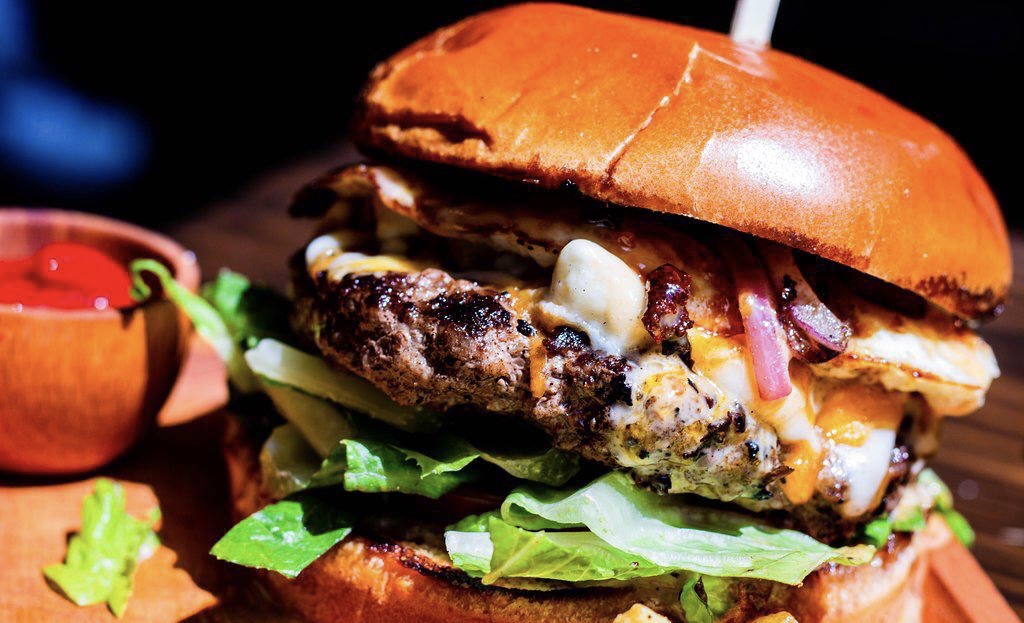"Exploring Authentic WW2 Recipes: A Culinary Journey Through Wartime Cuisine"
Guide or Summary:WW2 Recipes have become a fascinating topic for food enthusiasts and historians alike. These recipes not only reflect the culinary practice……
Guide or Summary:
- WW2 Recipes have become a fascinating topic for food enthusiasts and historians alike. These recipes not only reflect the culinary practices of the time but also tell the story of resilience and resourcefulness during one of the most challenging periods in modern history. As nations faced food shortages and rationing, people had to adapt their cooking methods and ingredients, leading to innovative dishes that are still celebrated today.
- Historical Context of WW2 Recipes is crucial for understanding the evolution of these dishes. In the United States, the Office of Price Administration was responsible for rationing and provided cookbooks that featured recipes designed to make the most of limited ingredients. These cookbooks encouraged the use of local produce and emphasized the importance of nutrition. Similarly, in the UK, the Ministry of Food launched campaigns to educate the public on how to cook with what's available, leading to the popularization of dishes like "Woolton Pie," a vegetable pie named after Lord Woolton, the Minister of Food.
- Common Ingredients in WW2 Recipes often included root vegetables, grains, and legumes, which were more readily available during the war. Potatoes, carrots, and cabbage became staples, while recipes for soups and stews became popular due to their ability to stretch ingredients. One iconic dish from this era is "Bubble and Squeak," a dish made from leftover vegetables that were fried together, showcasing the importance of minimizing waste during rationing.
- Legacy of WW2 Recipes continues to influence modern cooking. Today, many people are interested in sustainable cooking practices and minimizing food waste, principles that were essential during the war. The resourcefulness of wartime cooks serves as an inspiration for contemporary chefs and home cooks alike. By revisiting these historical recipes, we can learn valuable lessons about cooking with intention and making the most of what we have.
#### Description:

WW2 Recipes have become a fascinating topic for food enthusiasts and historians alike. These recipes not only reflect the culinary practices of the time but also tell the story of resilience and resourcefulness during one of the most challenging periods in modern history. As nations faced food shortages and rationing, people had to adapt their cooking methods and ingredients, leading to innovative dishes that are still celebrated today.
During World War II, many countries implemented rationing systems to ensure that essential supplies were fairly distributed among the population. This meant that ingredients like sugar, meat, and butter were limited, prompting home cooks to get creative. For instance, the use of substitutes became commonplace; recipes often called for alternatives like mashed bananas instead of butter or powdered milk in place of fresh milk. These adaptations not only helped stretch limited supplies but also introduced new flavors and textures to everyday meals.
Historical Context of WW2 Recipes is crucial for understanding the evolution of these dishes. In the United States, the Office of Price Administration was responsible for rationing and provided cookbooks that featured recipes designed to make the most of limited ingredients. These cookbooks encouraged the use of local produce and emphasized the importance of nutrition. Similarly, in the UK, the Ministry of Food launched campaigns to educate the public on how to cook with what's available, leading to the popularization of dishes like "Woolton Pie," a vegetable pie named after Lord Woolton, the Minister of Food.
Common Ingredients in WW2 Recipes often included root vegetables, grains, and legumes, which were more readily available during the war. Potatoes, carrots, and cabbage became staples, while recipes for soups and stews became popular due to their ability to stretch ingredients. One iconic dish from this era is "Bubble and Squeak," a dish made from leftover vegetables that were fried together, showcasing the importance of minimizing waste during rationing.
Additionally, the creativity of wartime cooks led to the development of unique dishes. For example, "Victory Gardens," which encouraged families to grow their own vegetables, became a source of pride and sustenance. Recipes that utilized homegrown produce not only helped alleviate the pressure on grocery stores but also fostered a sense of community and cooperation among neighbors.

Legacy of WW2 Recipes continues to influence modern cooking. Today, many people are interested in sustainable cooking practices and minimizing food waste, principles that were essential during the war. The resourcefulness of wartime cooks serves as an inspiration for contemporary chefs and home cooks alike. By revisiting these historical recipes, we can learn valuable lessons about cooking with intention and making the most of what we have.
In conclusion, exploring WW2 Recipes offers a glimpse into the past and allows us to appreciate the ingenuity of those who lived through a time of scarcity. Whether you are a history buff, a culinary enthusiast, or simply someone looking to try something new, these recipes provide a delicious connection to our shared history. From hearty stews to inventive desserts, the flavors of the past can still resonate in our kitchens today, reminding us of the resilience and creativity that defines the human spirit.